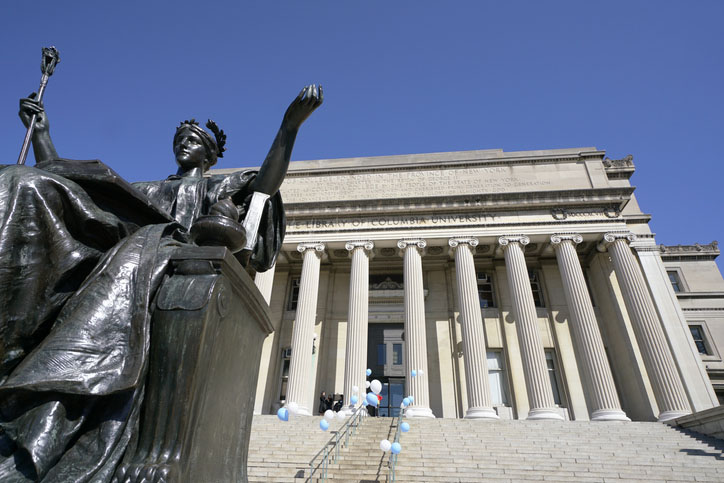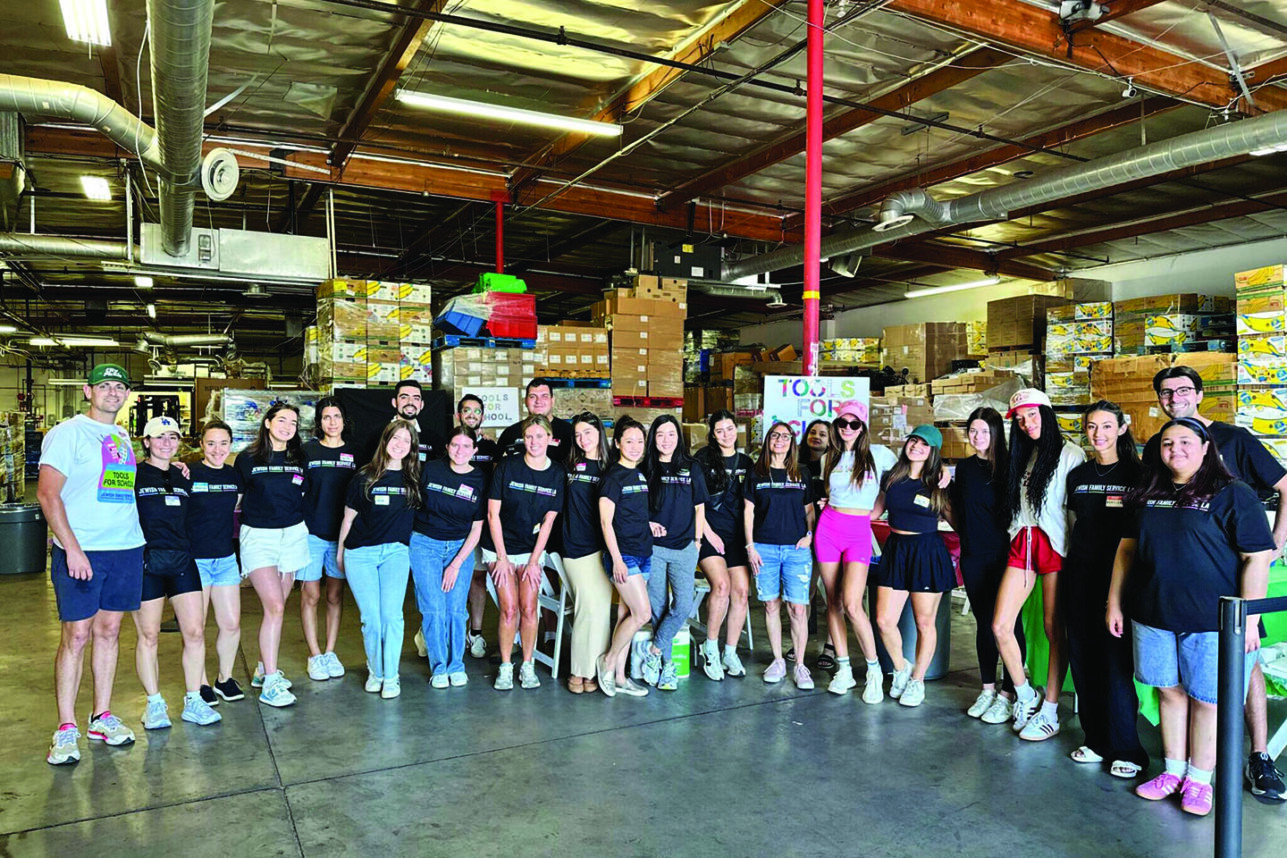The state Department of Toxic Substances Control (DTSC) has instructed Boeing to determine if high levels of a contaminant used in rocket fuel and found on property owned by the Brandeis-Bardin Institute (BBI) came from the company’s Rocketdyne testing site located nearly a mile away.
Perchlorate, a predominately man-made chemical used to make solid-fuel propellants for rockets, missiles and fireworks, was first detected at the Jewish retreat center in water samples taken by the Ventura County Water Department during a surprise spot check in late February. The samples, taken from the Bathtub No. 1 well, located in the southeastern part of the institute, revealed a contaminant level of 82 parts per billion — more than 20 times higher than the state action level for perchlorate in drinking water (4 ppb).
While the well has never been used for drinking water, according to Brandeis leaders, further sampling conducted by DTSC over the past few months — including samples taken from the same well on May 30 indicating a level of 140 ppb and 150 ppb, and samples on June 11 with 39 ppb and 36 ppb — prompted the state agency to launch an investigation.
According to a letter sent by DTSC to Boeing on June 23, the company has until Aug. 18 to develop a work plan describing measures to be taken to investigate the potential migration of perchlorate contamination from its Santa Susana field laboratory to offsite areas, such as the Brandeis-Bardin property.
Specifically, the company will be required to install new wells, retrofit existing wells, review all existing hydrology data, assess available remediation technologies and conduct detailed geologic mapping and aerial photography.
"There are two possible ways we’re looking at that perchlorate could have left the [Rocketdyne] site," said David Bacharowski, of the Los Angeles Regional Water Quality Control Board. "One is surface water runoff, and the other is groundwater moving away from the property."
Bacharowski noted that perchlorate can be found in anything from matches to car airbags. He said that human exposure to the chemical affects the iodine absorption in the thyroid gland, which is particularly dangerous to fetuses.
Rocketdyne officials said they were surprised by the discovery, because they have been monitoring Bathtub No. 1, in addition to 10 other wells on the Brandeis property, as part of their groundwater testing program for the past six years.
"It’s a new piece of data, and the wells between our site and this particular well have always remained clean," said Blythe Jameson, spokesperson at Rocketdyne’s environmental communications office. "It’s inconsistent with everything we’ve seen."
This is not the first time that Rocketdyne and its Jewish neighbor have had a problem involving water. In 1997, Boeing settled a BBI lawsuit that accused the aerospace firm of letting its research into rocket engines and nuclear reactors foul the groundwater, ultimately lowering the institute’s property value.
BBI leaders said it is premature to consider pressing charges and that their primary focus is on the health and safety of campers and staff. The well sites have been fenced off from campers and livestock and the institute does not use its well water for any purpose. All drinking water at BBI and throughout Simi Valley comes from a metropolitan water supply.
Parents have been educated about the wells and do not seem very concerned about the recent perchlorate discovery, according to Ivan Wolkind, BBI operations director.
"I was surprised at how few parent calls we received," Wolkind said. "I think that a lot of parents here know about this particular well."
Wolkind said the institute has had a long-standing relationship with the water board, and that he plans to cooperate with a request from the agency requiring the institute to submit a technical report containing historical and current information about the site. According to the June 23 letter, the report will be "used to determine if site-specific source[s] of the groundwater pollution exist at [the] site."
Helen Zukin, Brandeis board chair, discounted any suggestion that the chemical is a product of materials used at the camp.
"Those wells are being tested on a regular basis by DTSC, and what they find periodically is always some byproduct of what Rocketdyne has been doing, but Brandeis is unaffected," Zukin said.
She said the water situation will not deter the institute’s recent plans for expansion, including current efforts between Brandeis and the National Center for Jewish Environmental and Nature Education to convert one of the canyons on the property into a self-contained learning environment.
In addition to BBI, perchlorate was also found at three or four other Simi Valley wells not used for drinking water supplies. Water board officials said that all the wells are adjacent to gasoline stations, and that the contamination can probably be linked to leaky underground storage tanks.
The agency will conduct ongoing testing throughout Simi Valley, and wells at BBI will now be monitored on a quarterly basis.
































